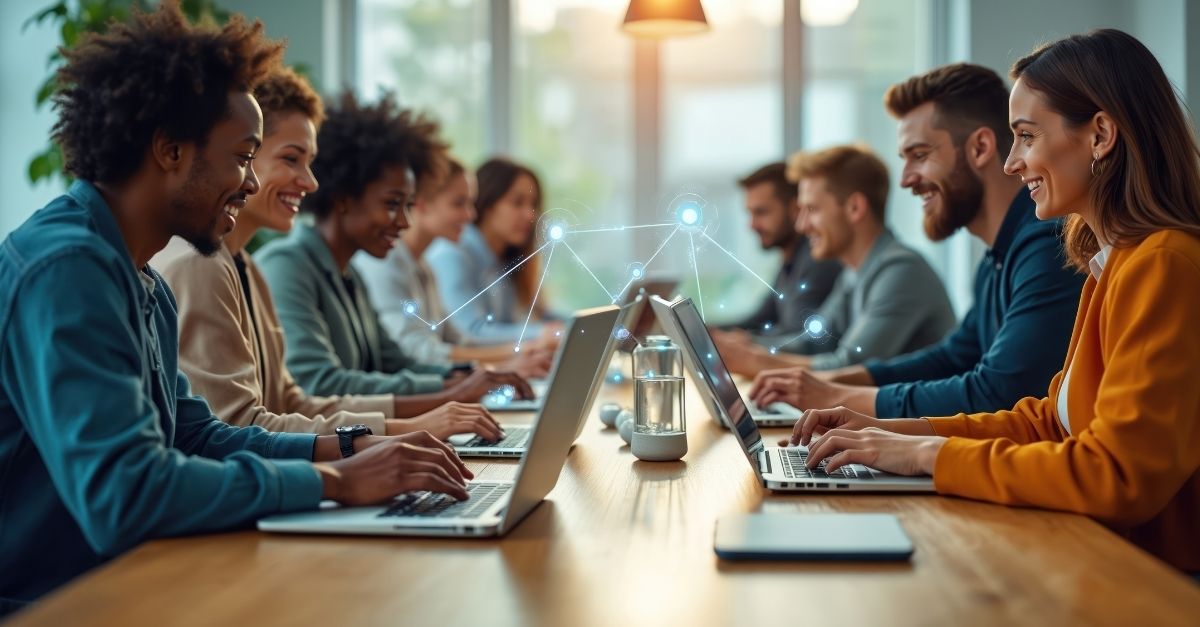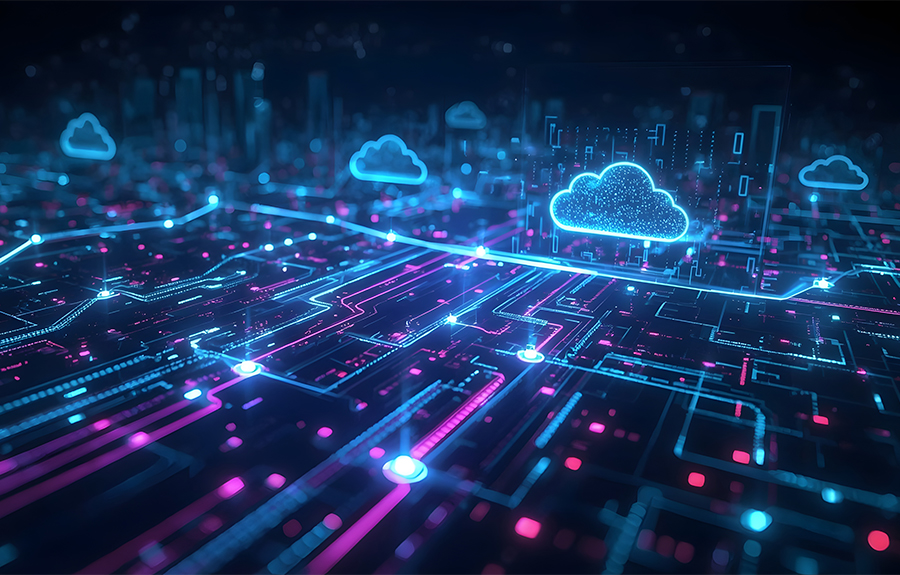Subsea cables: Key to a more connected world
In a world increasingly dependent on digital connectivity, subsea cables serve as the invisible highways of the internet, transmitting more than 95% of intercontinental voice and data traffic. Submarine communications cables are essential telecommunication infrastructure laid on the seabed to facilitate communication across oceans. While satellites often capture public attention, the true backbone of global communication lies beneath our oceans.

Fiber optic submarine cables are the primary medium for this vast network. Advancements like space division multiplexing and multicore technology are increasing cable capacity by adding more fiber pairs, thereby enhancing data transmission efficiency and reducing power consumption.
The installation and maintenance of subsea cable systems involve complex regulatory frameworks. These frameworks govern the installation and maintenance of submarine cable systems, emphasizing coordination between various agencies to address environmental impacts, navigational safety, and adherence to legal requirements during the laying and operation of these cables in U.S. waters.
Why subsea cables matter
As of 2025, more than 550 subsea cables were in service, spanning over 1.4 million kilometers globally. These high-capacity fiber-optic cables are engineered to carry massive volumes of data at incredible speeds, enabling instant access and seamless connectivity that modern businesses and consumers rely on. However, cable faults are common occurrences, primarily caused by accidental damage from fishing and shipping activities.
With the rapid expansion of cloud computing, AI workloads, streaming services, and global e-commerce, the demand for high-capacity, low-latency connections between continents continues to accelerate. Subsea cables directly support this demand by reducing data transit times and improving network resilience. Environmental factors and human activities contribute to damaged submarine cables, leading to disruptions in communication.
Planning and managing cable routes is a complex task that involves multiple considerations. Cable landing stations are critical infrastructure for submarine cables, serving as transition points from undersea to land-based systems.
The U.S. as a connectivity hub
The United States remains a strategic global connectivity hub, especially coastal regions like Hillsboro, Oregon. Hillsboro has grown into one of the most connected cities on the U.S. West Coast due to its proximity to Asia and robust data center ecosystem. As subsea cable landings in the area have increased, so has their significance for enterprises seeking fast, secure access to the Pacific Rim and beyond.
Flexential and the BiFrost Cable System
Further solidifying Hillsboro’s importance, Flexential is now home to the landing of the new BiFrost Cable System, a first-of-its-kind direct subsea cable connecting the U.S. directly to Southeast Asia through the Pacific. Newer cables like the BiFrost Cable System are engineered to handle significantly greater data capacities compared to older ones. The BiFrost Cable System is designed to deliver high-capacity, low-latency connectivity between Singapore, Indonesia, the Philippines, and North America. Additionally, the advantages of a single cable system significantly increase capacity without raising installation costs.
Adding the BiFrost system enhances the Flexential Hillsboro data center campus offering through:
- Improved international latency and throughput for enterprises operating across the Asia-Pacific region.
- Increased diversity and resilience through a new subsea route that bypasses traditional chokepoints.
- Stronger support for AI, cloud, and latency-sensitive applications that require seamless global infrastructure.
With this investment, Flexential is helping shape the future of global connectivity, enabling businesses to expand and innovate across borders.
The future is underwater
As our reliance on real-time data and globally distributed workloads increases, subsea cables will remain critical. Their role in ensuring a resilient, high-performance global network cannot be overstated. At Flexential, we proudly support this invisible infrastructure and contribute to a more connected and competitive digital world.
To learn more about the Flexential connectivity ecosystem and the BiFrost Cable System, read the press release.
"Planting a tree is planting a hope."






